A Tale of Cosmic Collision
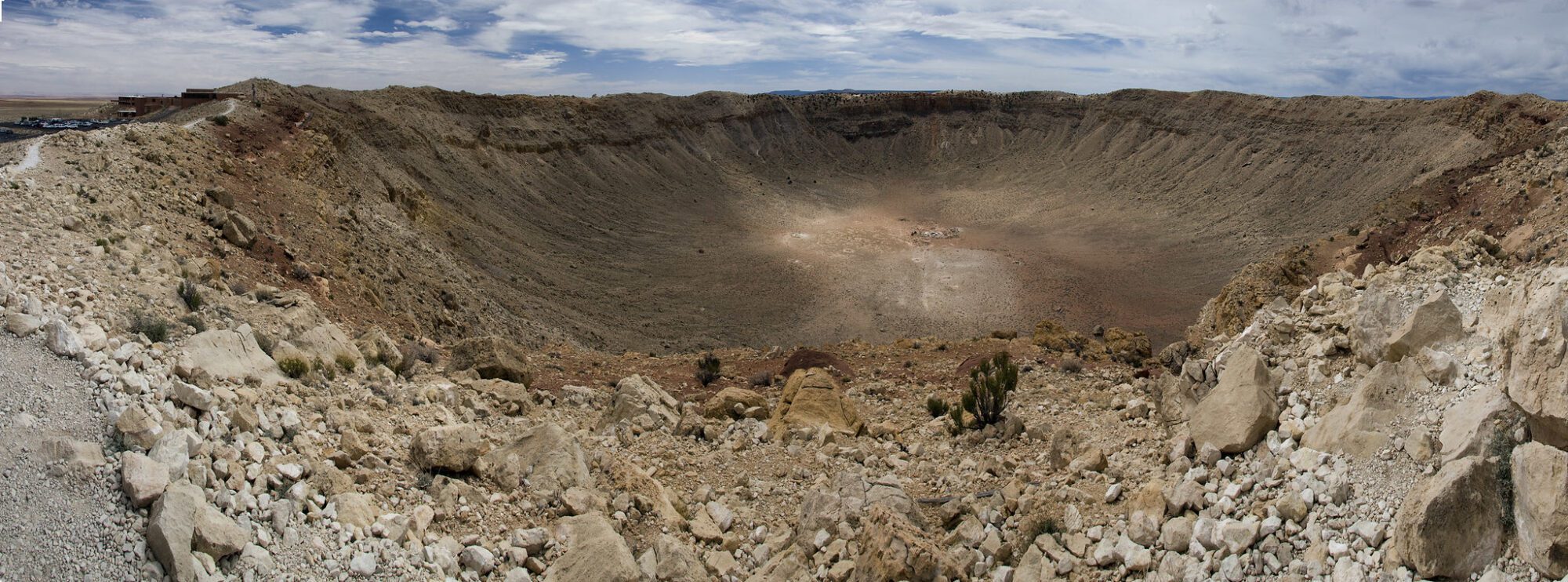
In the vast desert expanse of the American Southwest, there lies a scar of the cosmos, a testament to the fragility of existence and the relentless march of time. A seemingly innocuous depression in the landscape, the Meteor Crater in Arizona is a place where the heavens themselves have conspired to leave an indelible mark on our terrestrial home. It is here, at the intersection of nature’s fury and human curiosity, that the ancient and the modern coalesce, beckoning the weary traveler to pause, ponder, and bear witness to the might of the universe.
Nestled amid the arid expanses of the Painted Desert, the Meteor Crater is located approximately 37 miles east of Flagstaff and 18 miles west of Winslow, just off Interstate 40. This prime location places the crater within reach of several other iconic Arizona natural landmarks and attractions, including the Grand Canyon, Petrified Forest National Park, and the Painted Desert, making it an ideal addition to any southwestern road trip itinerary.
The Birth of the Meteor Crater

A rogue asteroid, hurtling through the vast emptiness of space at a speed of 26,000 miles per hour, found its terrestrial destiny some 50,000 years ago. The heavens relinquished their grip on this celestial messenger, a 150-foot wide chunk of iron and nickel, as it careened toward the unsuspecting Earth, fueled by the relentless pull of gravity. Upon impact, a cataclysmic explosion, equivalent to 10 megatons of TNT, left a gaping wound in the Earth, a testament to the formidable force of nature.
The once flat, featureless plain was transformed into an immense depression, nearly a mile wide and over 550 feet deep. The searing heat and explosive force of the impact vaporized most of the meteorite, leaving behind a mysterious and mesmerizing crater that has captured the imagination of generations.
Unraveling the Mystery of the Crater
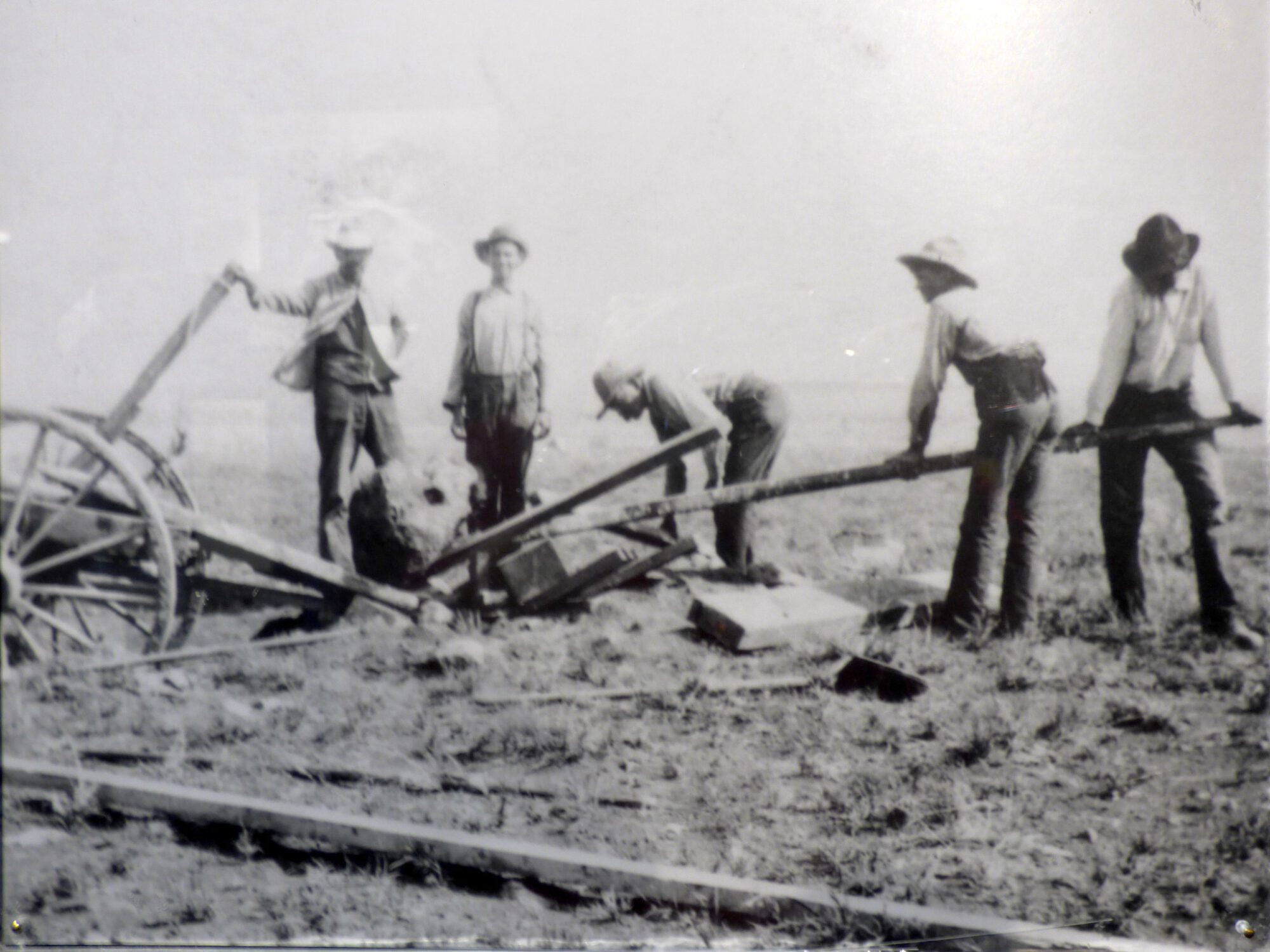
For centuries, the Meteor Crater remained an enigma, a geological oddity shrouded in mystery and speculation. Ancient Arizona tribes, like the Anasazi and Sinagua, revered the site, attributing its creation to divine intervention. The cosmic origins of this earthly marvel were only unraveled in the early 20th century, when a young mining engineer named Daniel Moreau Barringer arrived at the site, armed with determination and an insatiable curiosity.
Barringer’s Legacy
Convinced that the crater was the result of a meteorite impact, Barringer embarked on a quest to prove his hypothesis and uncover the meteorite’s remnants. His tenacious pursuit of knowledge and relentless excavation efforts laid the foundation for our modern understanding of the Meteor Crater. While the elusive meteorite’s remains were never found, Barringer’s work led to the crater’s acceptance as a genuine impact site, forever changing our perception of the Earth and its place in the cosmos.
The Meteor Crater & Barringer Space Museum
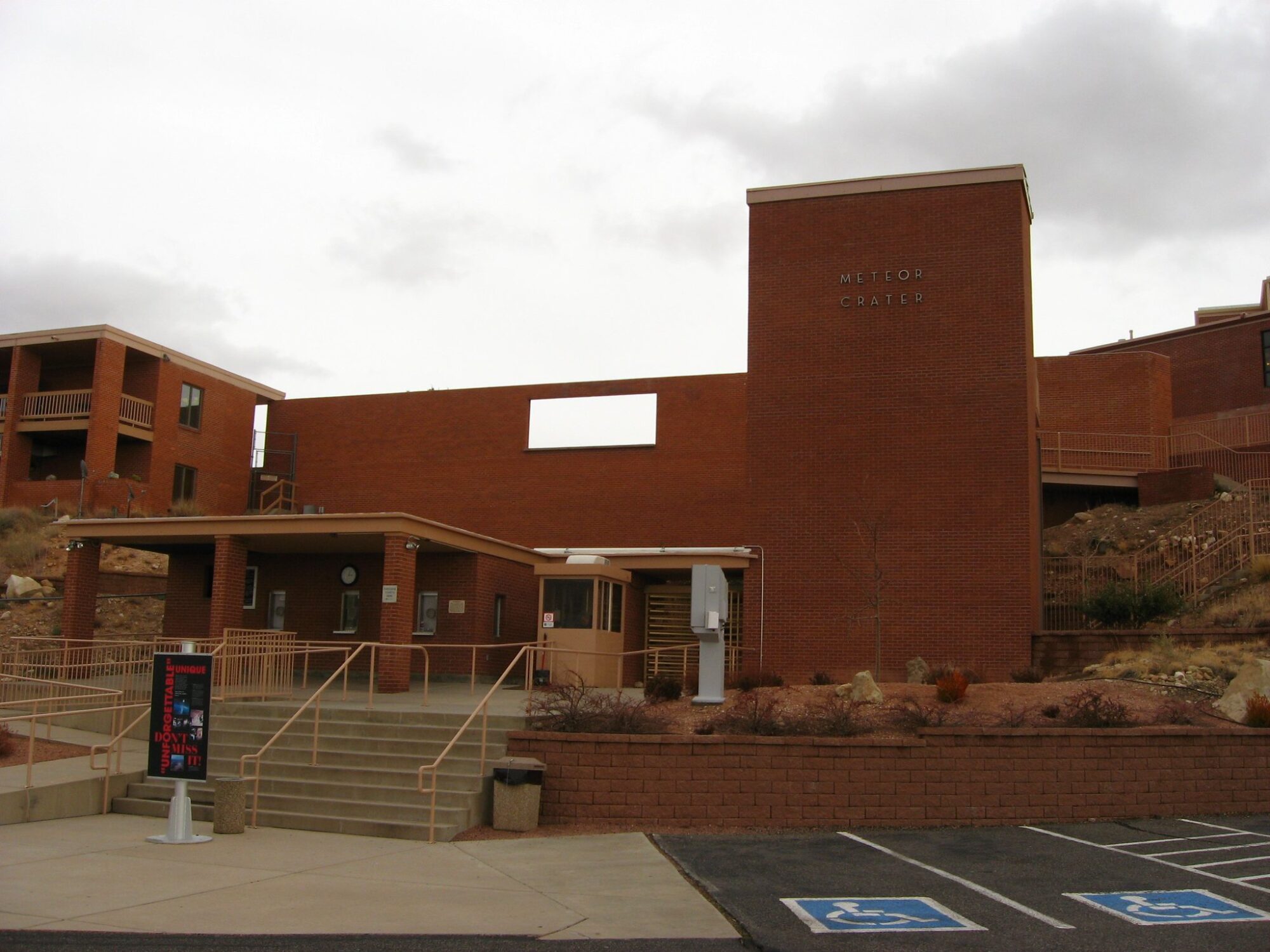
Today, the Meteor Crater stands as a testament to human ingenuity and our ceaseless quest for understanding. The Meteor Crater & Barringer Space Museum perched on the rim of the crater, serves as a gateway to the stars, inviting visitors to embark on a journey through space and time. The center, like a beacon in the desert, beckons travelers to engage with the cosmos, offering a glimpse into the vast expanse of the universe and our place within it.
Exploring the Visitor Center
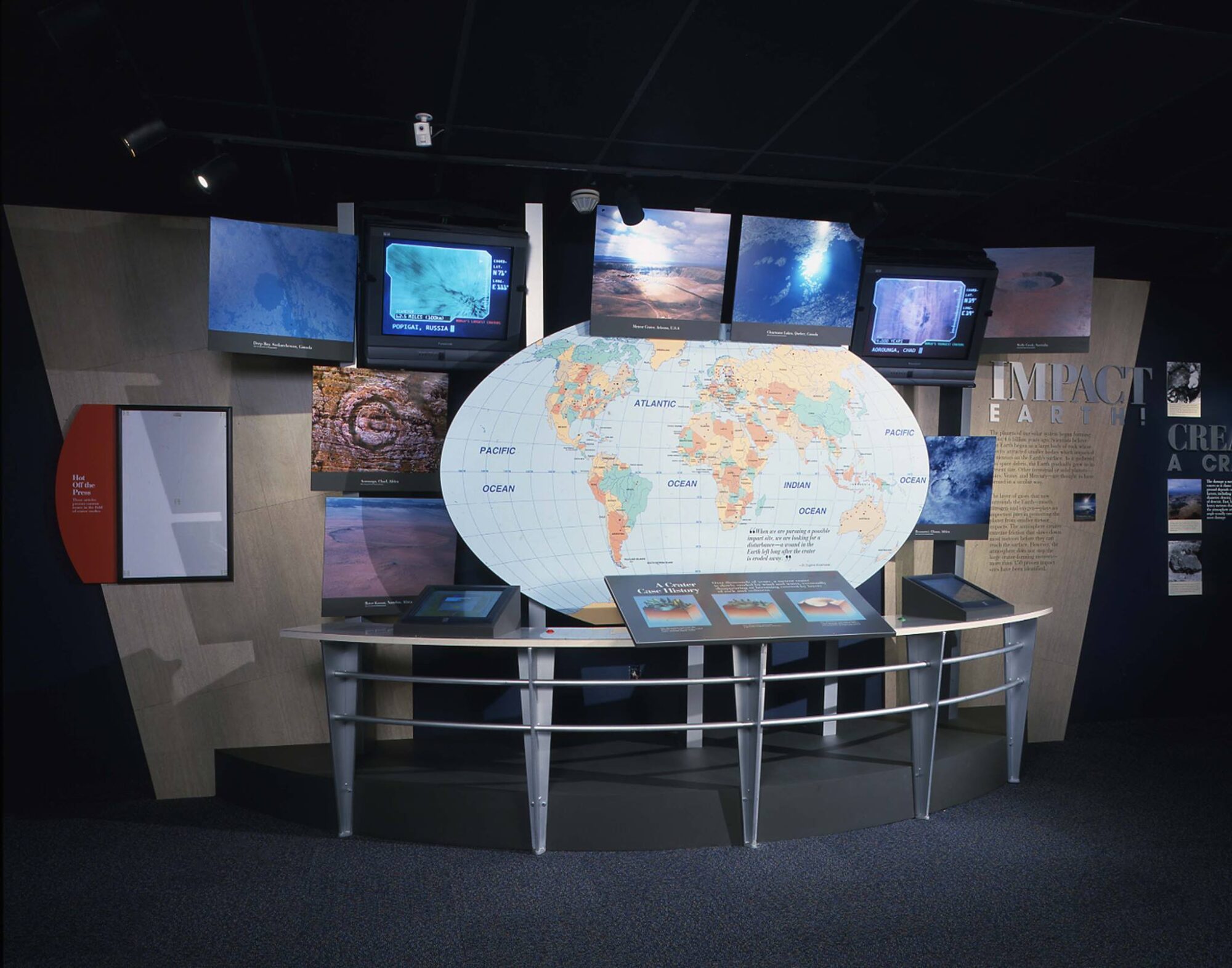
The Meteor Crater & Barringer Space Museum visitor center is a modern-day temple of knowledge, housing a wealth of information, interactive exhibits, and awe-inspiring artifacts. The museum’s state-of-the-art facilities and engaging displays transport visitors to the very edge of human understanding, providing them with the tools to comprehend the magnitude of the cosmic forces that forged the crater.
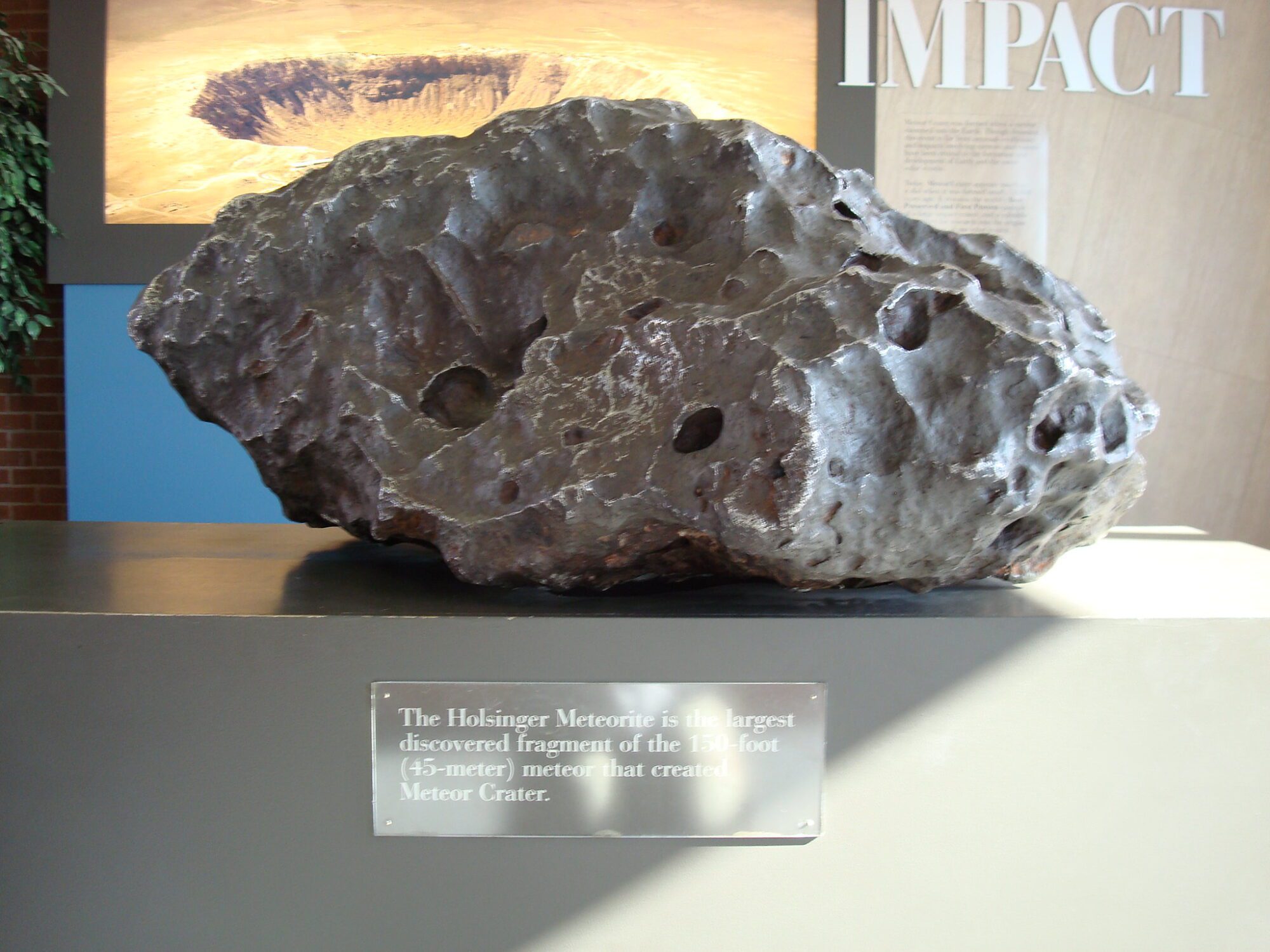
The museum’s centerpiece, the Meteorite Discovery Timeline, tells the story of the crater’s history, from its violent birth to its eventual discovery and exploration by intrepid human adventurers. The Astrogeology Wall, adorned with stunning images and informative panels, delves into the science behind meteorites, impacts, and the celestial bodies that have left their mark on our planet. A dedicated theater screens a captivating film that recounts the story of the Meteor Crater, immersing viewers in the cosmic drama that has unfolded over millennia.
Beyond the Meteor Crater & Barringer Space Museum
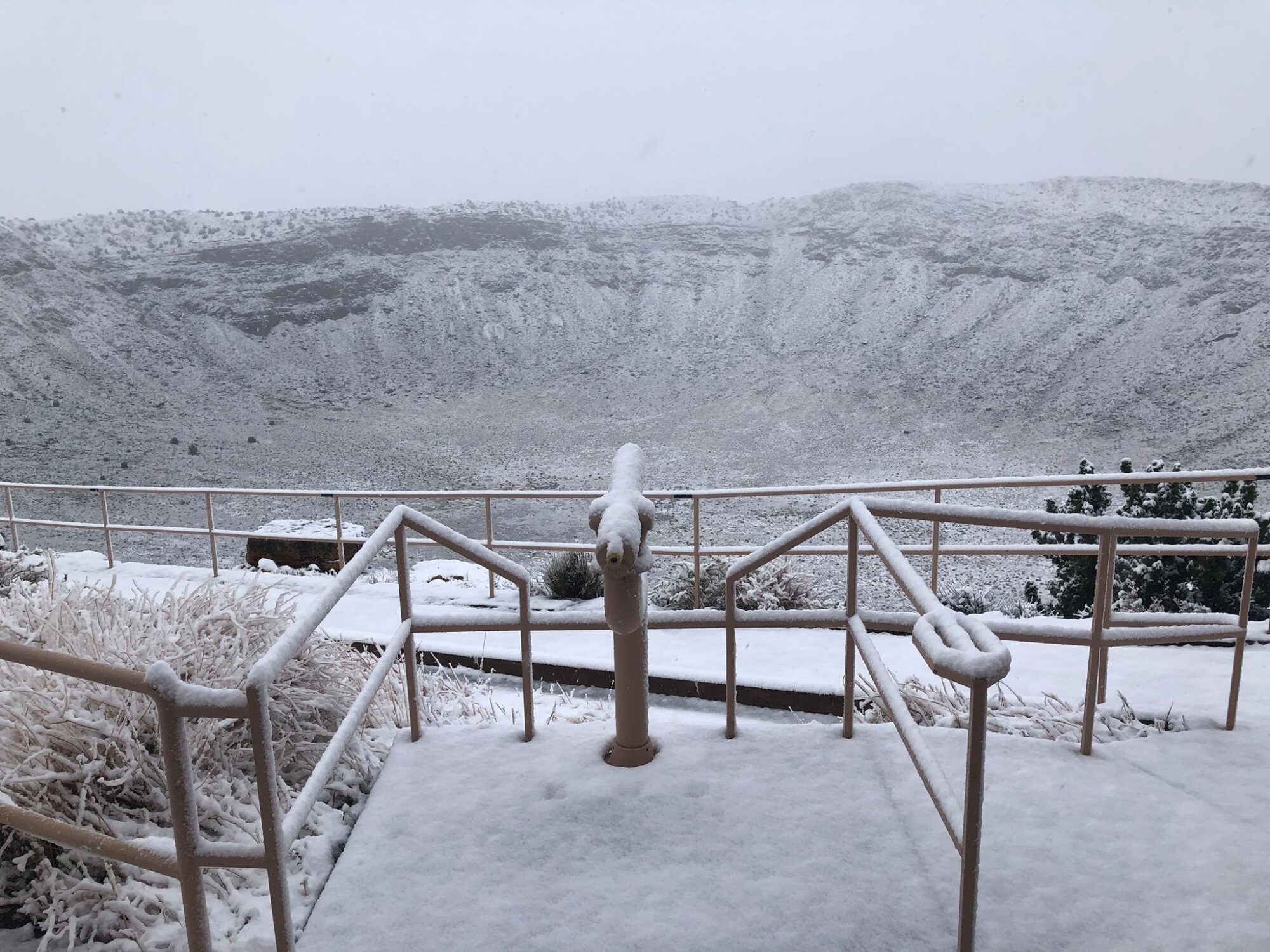
The experience at Meteor Crater extends beyond the walls of the museum. A series of guided tours and scenic walks offer a more intimate connection with the crater, allowing visitors to traverse its rim and absorb the majesty of this celestial scar. The otherworldly landscape, reminiscent of the barren surface of the moon or Mars, offers a humbling reminder of the scale and power of the universe, a living testament to the unfathomable forces that have shaped our world.
Hollywood and the Meteor Crater: A Cosmic Connection
The Meteor Crater’s otherworldly landscape and enigmatic presence have not only captured the imagination of scientists and visitors but also the attention of Hollywood’s creative minds. The crater’s unique terrain and celestial allure have made it a sought-after location for filmmakers, providing a striking backdrop for a variety of films and television productions.
Meteor Crater’s Silver Screen Debut
The Meteor Crater made its Hollywood debut in the 1964 science fiction film “First Men in the Moon.” Directed by Nathan Juran and based on H.G. Wells’ novel, the film utilized the crater’s alien-like landscape to create a convincing lunar setting. The success of the film established the crater as a go-to location for filmmakers seeking to transport audiences to other worlds.
A Cinematic Legacy
Since its first appearance on the silver screen, the Meteor Crater has featured in numerous films and television shows, ranging from documentaries to fictional narratives. Its stark beauty and ethereal atmosphere have made it a versatile setting, suitable for both terrestrial and extraterrestrial scenes.
In 1984, the Meteor Crater served as a backdrop for the cult classic “Starman,” directed by John Carpenter and starring Jeff Bridges. The film tells the story of an alien visitor who crash-lands on Earth, with the crater’s enigmatic presence providing a fitting location for the extraterrestrial’s arrival.
More recently, the crater has appeared in popular television shows such as “Westworld,” where its distinctive landscape has been used to create a futuristic and disorienting world.
Inspiring a New Generation of Storytellers
The Meteor Crater’s cinematic legacy continues to inspire filmmakers and audiences alike, serving as a reminder of the boundless potential of human imagination and creativity. Its enduring presence in popular culture has not only increased awareness
Embracing the Cosmic Legacy
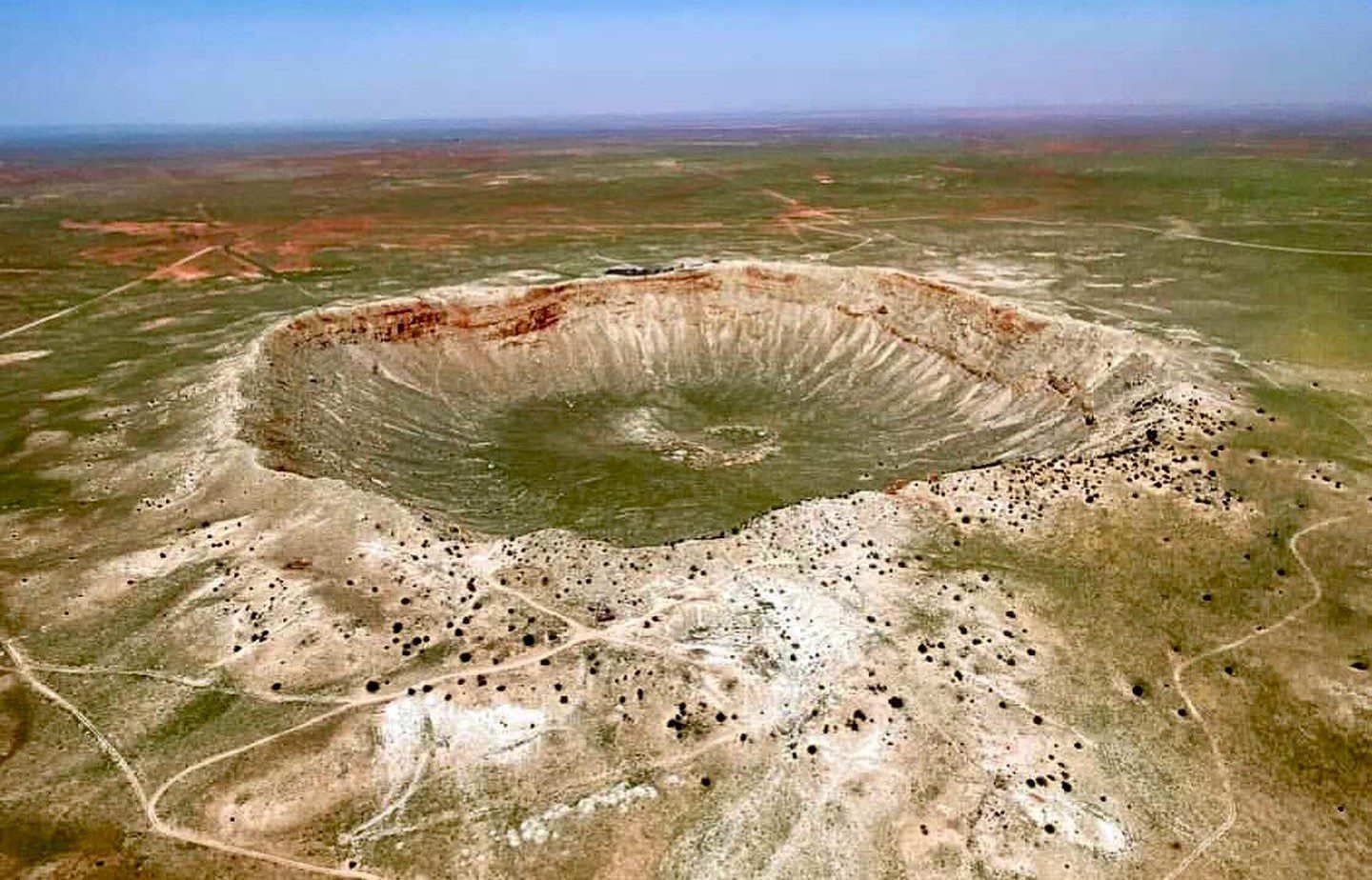
As the sun sets over the Meteor Crater, casting ethereal shadows across its rugged terrain, one cannot help but feel a sense of awe and wonder. This celestial wound, a scar that speaks to the tumultuous history of our planet, serves as a reminder of the inextricable bond between the Earth and the cosmos. The Meteor Crater, a window to the stars, stands as a monument to our collective curiosity and our unyielding desire to unravel the mysteries of the universe.
In conclusion, the Meteor Crater is a place where the ancient and the modern collide, offering visitors a chance to experience the awe and wonder of the cosmos firsthand. Through its captivating exhibits, immersive experiences, and striking natural beauty, the Meteor Crater stands as a testament to our ceaseless quest for understanding and our enduring fascination with the mysteries of the universe.
The Meteor Crater was formed approximately 50,000 years ago when a 150-foot wide asteroid composed of iron and nickel collided with Earth at a speed of 26,000 miles per hour. The impact created an explosion equivalent to 10 megatons of TNT, resulting in a massive crater nearly a mile wide and over 550 feet deep.
The Meteor Crater is located in Northern Arizona, approximately 37 miles east of Flagstaff and 18 miles west of Winslow, along Interstate 40. It is easily accessible by car and is a popular destination for visitors traveling through the region.
The Meteor Crater Visitor Center offers a range of interactive exhibits, informative displays, and immersive experiences that allow visitors to explore the history and science behind the crater. Highlights include the Meteorite Discovery Timeline, the Astrogeology Wall, and a captivating film shown in the center’s theater. Guided tours and scenic walks around the crater’s rim are also available, providing a closer look at this geological marvel.
A visit to the Meteor Crater, including the visitor center and a guided tour or scenic walk, can typically be completed in 2 to 3 hours. However, visitors who wish to delve deeper into the exhibits and truly immerse themselves in the experience may choose to spend additional time at the site.
The Meteor Crater and its visitor center cater to a wide range of ages and abilities, with accessible facilities and engaging exhibits that are suitable for visitors of all ages. The guided tours and scenic walks around the crater’s rim accommodate varying levels of physical ability, with options for shorter, less strenuous walks as well as more challenging treks. The center and its staff are committed to providing a welcoming and inclusive experience for all who wish to explore the Meteor Crater and its cosmic legacy.
Photography is not only permitted but also highly encouraged at the Meteor Crater. The stunning landscape and unique geological features make for breathtaking photo opportunities, allowing visitors to capture the essence of their experience and share the awe-inspiring beauty of the crater with others.
The Meteor Crater Visitor Center hosts a variety of special events and educational programs throughout the year, including stargazing nights, guest lectures, and workshops. These events provide unique opportunities for visitors to further explore the cosmic connection between the Earth and the universe and engage with experts in the fields of astronomy, geology, and space exploration. Details about upcoming events can be found on the Meteor Crater’s official website or by contacting the visitor center directly.
- Sacred Cacti: The Spiritual Uses of Peyote and San Pedro - June 18, 2024
- Mel’s Diner in Phoenix, AZ: A Nostalgic Journey Through Time - June 12, 2024
- The Hopi Prophecy: Ancient Predictions for Modern Times - May 22, 2024
